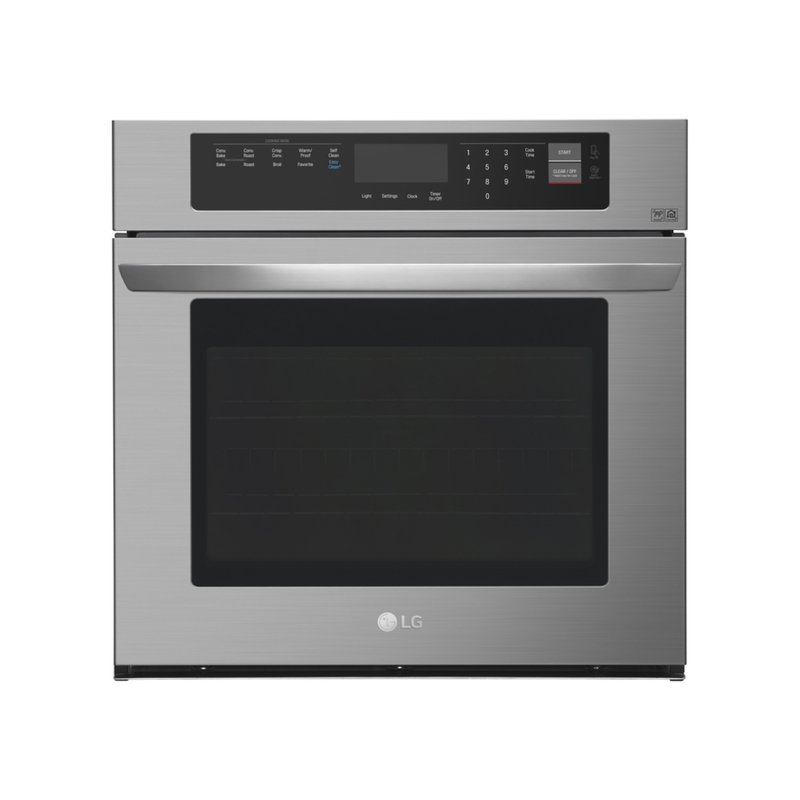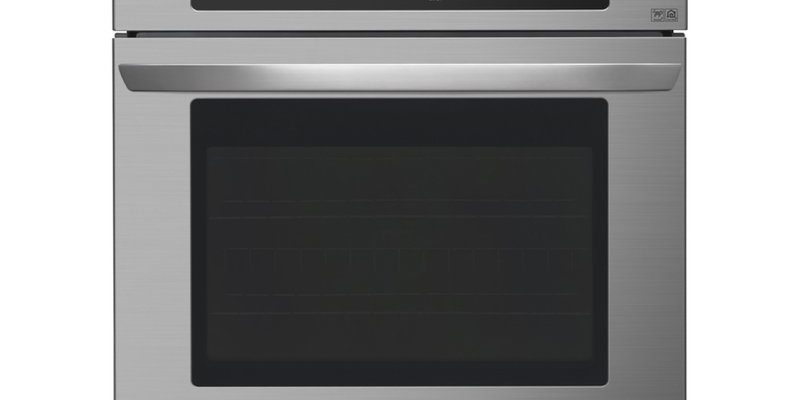
When your LG oven or range flashes an “Error Code F2,” it’s essentially raising a red flag about a possible problem with the oven’s temperature sensor or control panel. Just like when your car dashboard lights up to indicate a low fuel level, your oven is giving you a heads-up that something’s amiss. This error is often associated with overheating issues, which can occur if the sensor is faulty or if there’s a hiccup in the appliance’s control system. But before you start imagining worst-case scenarios, remember that this is a common glitch for many users, and resetting the appliance often does the trick.
Resetting your oven might sound like an intimidating task, but think of it as rebooting your computer when it starts acting up—it clears the system of minor bugs and helps everything run smoothly again. A reset not only gives you peace of mind but can also save you from unnecessary repair costs. So, let’s dive into the step-by-step process to reset your LG oven and get it back in the game, shall we?
Understanding Error Code F2
Before we move on to fixing the issue, it’s crucial to understand what Error Code F2 means for your LG oven. This error generally indicates a problem with the oven’s temperature sensor. Imagine your oven as a thermostat in your home; if the thermostat stops reading the temperature correctly, the heating system might act unpredictably. Similarly, when your oven’s temperature sensor goes haywire, it can lead to overheating.
The error could arise from something as simple as a loose connection or as complex as a malfunctioning control board. In essence, the temperature sensor, which keeps track of how hot your oven gets, is not communicating properly with the control board. This miscommunication can cause the oven to think it’s hotter than it actually is, prompting it to shut down to prevent any risks, like burning your freshly baked cookies or causing more serious issues such as a fire hazard.
Understanding these basics sets the stage for tackling the problem. It’s not about jumping directly to conclusions or repairs but about systematically eliminating potential issues. Now that we know what Error Code F2 represents, we can approach the situation with more clarity and confidence.
Steps to Reset Your LG Oven or Range
Now, let’s roll up our sleeves and get to the nuts and bolts of fixing this error. Think of this process like resetting your phone when it’s frozen—simple but effective.
Step 1: Power Cycle the Oven
First and foremost, you’ll want to perform a hard reset, which is as simple as turning it off and back on again. To do this, locate your oven’s circuit breaker in the electrical panel. Flip the breaker to the “off” position to cut off power to the oven. Leave it off for about 10 minutes. This pause allows the oven’s system to “forget” the error and reset its functions, much akin to how turning your smartphone off can clear minor bugs.
Once you’ve waited long enough, flip the breaker back to the “on” position. Return to your oven and check if the error code still displays. In many cases, this power cycle will be enough to resolve the issue. If not, no worries—there are further steps to take.
Step 2: Checking the Temperature Sensor
If the error persists, it might be time to examine the temperature sensor itself. The sensor resembles a small rod and is usually located at the back wall of your oven. It’s like the thermometer to your oven’s operation. Ensure it’s securely connected and not damaged. Sometimes, a simple reconnection can fix loose wires that might be causing erroneous signals.
You can test the sensor with a multimeter (a handy tool for measuring electrical currents). Set the multimeter to measure resistance; the sensor should read resistance in the range of 1000 to 1100 ohms at room temperature. If it strays too far from this benchmark, you might need to replace the sensor to regain proper function.
Step 3: Consult the Manual or Customer Support
Still seeing that stubborn F2? This might be the moment to turn to your user manual for appliance-specific troubleshooting steps. Your manual often contains diagrams, model-specific instructions, and alternative reset methods that can be crucial.
Additionally, don’t hesitate to contact LG’s customer support. They’re like your oven’s help desk, ready to guide you through problem-solving over the phone. In some cases, they can schedule a technician to take a closer look, ensuring your appliance is safe and functional. Remember, it’s okay to ask for help when you’re in over your head—the goal is to have a well-working oven, after all.
Preventative Measures to Keep Errors at Bay
After getting your oven back to operational status, it’s prudent to consider how to prevent future errors. Prevention, as they say, is better than cure. Regular maintenance can often be the key to a long-lasting appliance.
Start by keeping your oven clean. Buildup of grease or food particles can cause overheating and additional strain on components. Treat your oven like a prized possession and give it a good wipe down after each cooking session. This helps avoid unnecessary heat retention and keeps the temperature sensor accurate.
Moreover, check connections and wiring periodically. Just like checking your car’s oil or tire pressure, ensuring that all components of your oven are in good condition can prevent unexpected breakdowns. If you ever feel unsure about handling electrical appliances, it’s best to call a professional technician. Remember, the trick is to stay ahead of problems before they become too large to manage.
As you can see, dealing with Error Code F2 isn’t just about the fix. It’s an opportunity to learn more about how your trusty kitchen companion works. By understanding this error, you’re not just fixing a problem—you’re enhancing your home maintenance skills. So, next time your oven decides to play tricks, you’ll know exactly what to do to bring it back to its dependable self. Happy cooking!
